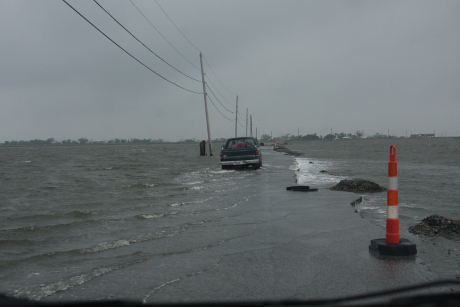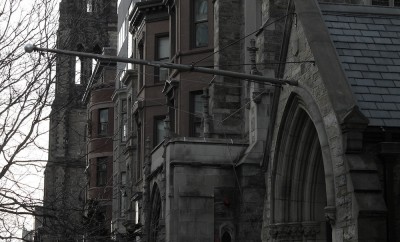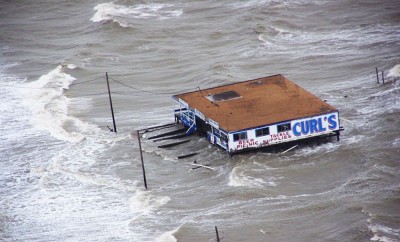Cultures
Relocating the first official climate refugees

Image: The Connie Sun
A population of southeastern Louisiana residents, having lived alongside the Gulf of Mexico for many generations, are now receiving classification as the United States’ first official climate refugees. The soggy terrain of Isle de Jean Charles is gradually sinking into the sea, carrying with it the history and rich culture of the regional Native American tribes, namely the Biloxi-Chitimacha-Choctaw, the most prevalent in the area. The United Houma Nation also lives on the island.
Only 320 acres remains of the once thriving 22,400 acres of land, and the single narrow bridge that carries residents to and from the mainland often floods, preventing travel off the island. Since 1955, 98% of the land has been lost to the sea, drastically limiting local business and food sources. The causes of the area’s destruction are multiple, including rising sea levels, coastal erosion, lack of soil renewal, and issues related to shifting soil from gas and oil pipelines being arranged.
$48 million in relocation funds for these climate refugees are available from the Department of Housing and Urban Development’s National Disaster Resilience Competition, which hopes to assist the climate refugees to an area which is “historically contextual and culturally appropriate.” The resettlement proposal states that, “a new settlement offers an opportunity for the tribe to rebuild their homes and secure their culture on safe ground,” and insists that the island “is ideally positioned to develop and test resettlement adaptive methodologies” which will later become necessary for many communities worldwide. But for climate refugees like the Biloxi-Chitimacha-Choctaw, closely connected to the land of their ancestors in every way of life, it isn’t as easy or exciting as it may sound. Disputes between tribes over issues of shared land, a lingering resistance to being moved against their wishes, a local cemetery full of ancestral graves and an understandable distrust of the government are the source of a few delays.
Although the funds are available, there are also many questions still unanswered about how they are to be allocated. With storm season looming, the tribe is hopeful for enough time to get all climate refugees properly moved off the island, and recalls from previous seasons that every time a severe storm warning is issued, there’s a fragment of time within which to decide whether to evacuate the island or face being stranded on it. Many tribe members with sufficient funds of their own have already relocated throughout Louisiana, and the ones who remain do so primarily because they can’t afford to leave. However there are some who refuse to leave regardless of funds or governmental insistence. Having lived their entire lives on the island, and being still unsure of the location of the new community, these climate refugees insist they will stay in Isle de Jean Charles until they die.
The only sure thing in this situation is that it’s not going to be the last time we face these challenges. Climate change displacement is coming regardless of preventative measures, and staying prepared and aware is essential to saving the lives of those residing in target areas.





0 comments